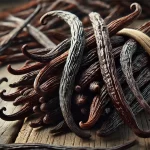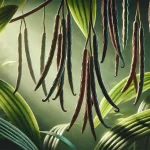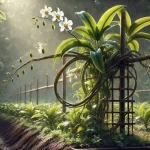The production of vanilla has undergone significant transformations over time. While traditional cultivation relies on methods passed down through generations and local practices, modern cultivation incorporates advanced technology and scientific techniques. In this article, we compare both approaches, explore their advantages and disadvantages, and analyze the challenges each faces in the current context.

Characteristics of Traditional Vanilla Cultivation
Traditional vanilla cultivation has been practiced for centuries in regions such as Mexico and other parts of Central America. The main characteristics include:
- Artisanal Methods: The pollination process is done manually, replicating pre-Hispanic techniques without the use of advanced machinery.
- Local Knowledge: Farmers apply ancestral knowledge about planting, care, and harvesting, adapted to local conditions.
- Low Environmental Impact: Since it does not rely on chemicals or intensive technologies, traditional cultivation usually has a reduced impact on the ecosystem.
- Long Production Cycle: The curing process of the pods is manual and prolonged, which can limit production and increase costs.
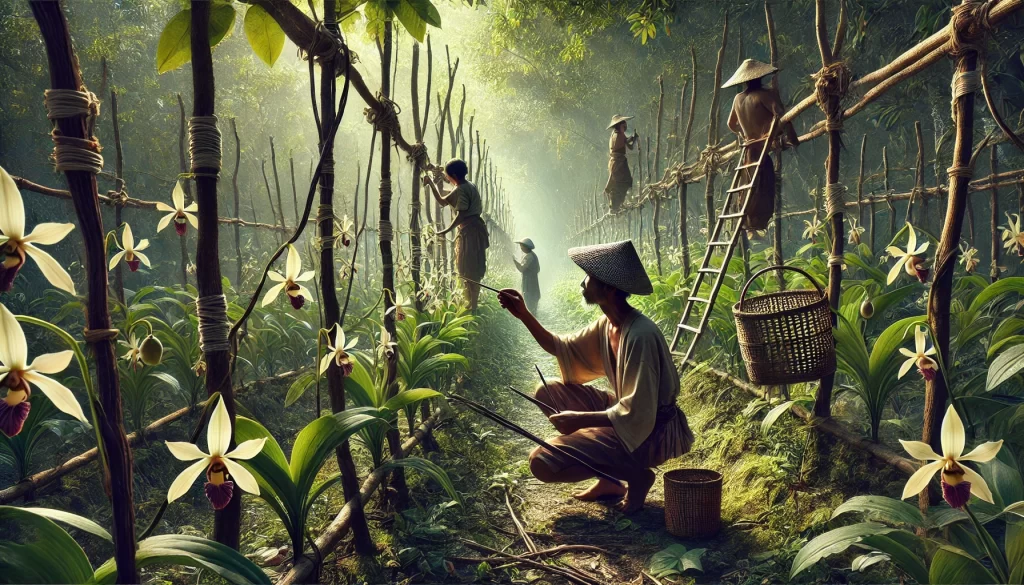
Characteristics of Modern Vanilla Cultivation
Modern cultivation relies on technological and scientific innovations to optimize production. Some features are:
- Technology and Automation: Use of automated irrigation systems, biotechnological pest control, and digital crop monitoring.
- Improved Pollination Techniques: In addition to manual methods, assisted techniques are explored to increase efficiency and reduce dependency on extensive manual labor.
- Resource Optimization: Use of balanced fertilizers, soil and climate analysis, and sustainable agricultural practices to maximize yield.
- Large-Scale Production: A greater focus on expansion and marketing, allowing access to global markets with higher production volumes.
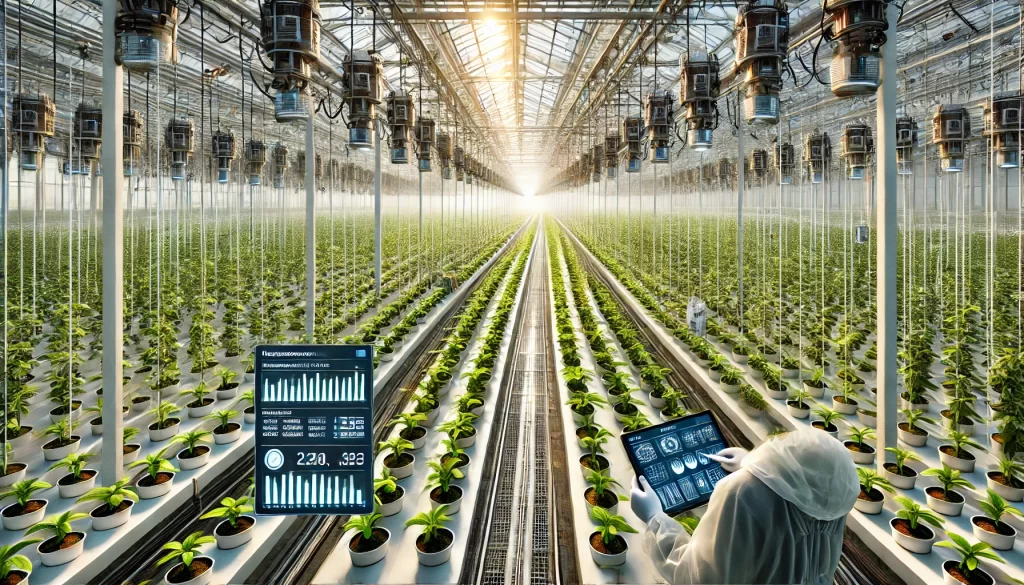
Comparison Between Traditional and Modern Cultivation
To better understand the differences and similarities between both approaches, we present the following comparative table:
| Aspect | Traditional Cultivation | Modern Cultivation |
|---|---|---|
| Pollination Techniques | Manual, based on ancestral knowledge | Assisted manual, use of technology to optimize processes |
| Use of Technology | Limited, simple and manual tools | Advanced, automated systems and digital monitoring |
| Environmental Impact | Low, sustainable and organic methods | Variable, depends on the implementation of sustainable practices |
| Productivity | Lower, long production cycles | Higher, process optimization and large-scale expansion |
| Production Cost | Low, but labor-intensive | High initial investment, but more efficient in the long term |
| Adaptability to Climate Change | Dependent on local knowledge and traditional practices | Integration of climate data and modern techniques for adaptation |
| Product Quality | High in cultural value and authentic flavor | Consistent quality, but may lose traditional traits |
Challenges of Traditional Cultivation
- Scale Limitations: Small-scale, manual production limits the amount of vanilla that can be marketed.
- Access to Global Markets: Difficulty in competing in large markets due to lower volumes and higher unit production costs.
- Knowledge Retention: Migration of generations and lack of interest among the youth in continuing traditional practices threaten the continuity of ancestral knowledge.
Challenges of Modern Cultivation
- Environmental Sustainability: The implementation of technology must be balanced with sustainable practices to avoid ecological damage.
- Initial Investment: High installation and training costs for technology, which may make adoption difficult for small producers.
- Cultural Disconnect: Modernization may lead to the loss of ancestral techniques, affecting the cultural identity and diversity of flavors that characterize traditional vanilla.
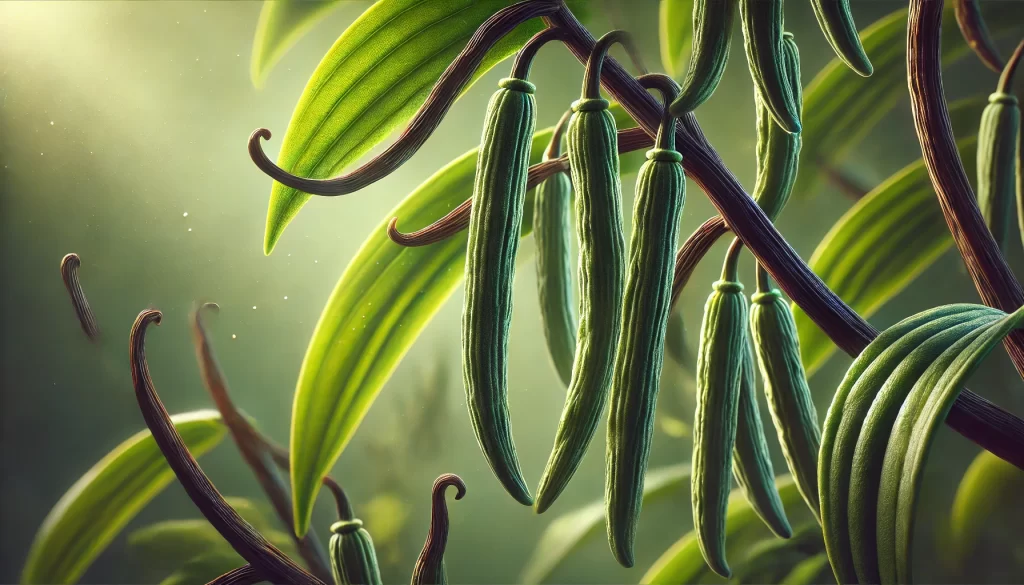
Both traditional and modern cultivation have their advantages and challenges. While the traditional approach values cultural heritage, sustainability, and product authenticity, the modern one seeks efficiency, scalability, and consistency in quality. The current challenge is to find a balance that combines the best of both worlds, integrating technologies sustainably and respecting traditions, to ensure the preservation of vanilla as a valuable and culturally significant resource for future generations.
References:
- FAO. (2022). Reports on sustainability in spice production.
- An anthropological study on traditional vanilla cultivation.
- Scientific publications on agro-technology and assisted pollination methods.
 AgronoBlog – Agriculture Blog
AgronoBlog – Agriculture Blog 